#ArtBlogger
Explore tagged Tumblr posts
Text

Museum of Pop Culture, Seattle
#cmt photography#original photographers#travel photography#photographers on tumblr#architecture photography#architecture#archdaily#frank gehry#seattle#washington#usa#moody aesthetic#artblogger#azure#archilovers#architecturephotography
77 notes
·
View notes
Text
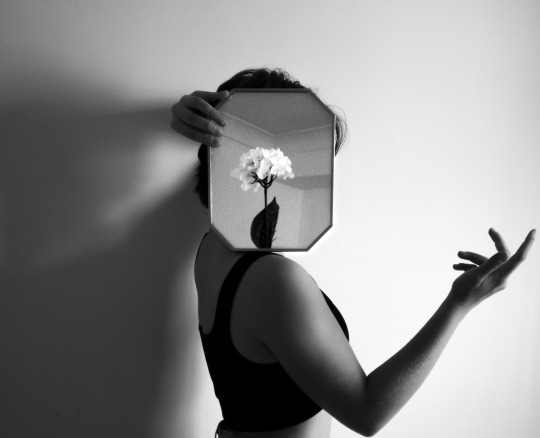
#artphotography#experimentalphotography#visualart#artisticexpression#conceptualart#contemporaryart#photographyart#creativephotography#aestheticphotography#blackandwhiteart#surrealphotography#moodyphotography#emotivephotography#alternativeart#darkart#avantgardeart#selfportraiture#photographicart#modernart#expressionism#tumblrartist#artcommunity#artistsonline#tumblrcreatives#undiscoveredartists#artistsoninstagram#artblogger#tumblrphotography#emergingartists#artdaily
12 notes
·
View notes
Text

A little doodle from last night ^^
#weird art#surrealism#digital painting#digital art#artblogger#eclecticdecor#strange art#painting#colorful#vivid colors#maximalism#art#creative arts
9 notes
·
View notes
Text
Michelangelo 550: Io dipinto da Francisco de Hollanda
In occasione dell’anno in cui si celebra l’anniversario del mio 550 compleanno, voglio proporvi il dipinto che mi ritrae, realizzato da Francisco de Hollanda. Si tratta di un prezioso acquerello custodito nell’archivio di Casa Buonarroti che mi mostra in una veste più domestica e meno idealizzata rispetto ad altri ritratti che vi ho mostrato fino al momento. All’epoca avevo più di sessant’anni…
#antonietta bandelloni#art#artblogger#arte#Casa Buonarroti#english#Firenze#Michelangelo Buonarroti#michelangelo550#rinascimento
3 notes
·
View notes
Text
Plan

Jenny Saville, Plan (1993). Oil on canvas, 274 x 213cm.
Jenny Saville's Plan, created in 1993, is a striking embodiment of her approach to redefining the portrayal of the female form in contemporary art. This analysis aims to delve into the various elements that make Plan a significant work in the realm of modern art and feminist discourse.
The Visual Narrative:
Plan presents a large-scale depiction of a female nude, a subject traditionally associated with beauty and idealization. However, Saville subverts these conventions by presenting a figure that is unapologetically raw and real. The body is marked with lines and contours, reminiscent of surgical markings, which demarcate areas of the flesh. These lines speak to the societal pressures on women to conform to certain physical standards, echoing the invasive nature of cosmetic surgery.
Technique and Style:
Saville's use of oil on canvas is notable for its thick, tactile application, giving the painting a visceral quality that emphasizes the physicality of the body. The exaggerated scale of the work, measuring 274 x 213 cm, confronts the viewer with its imposing presence, making it impossible to ignore or diminish the subject's physicality.
Influences and Inspirations:
Saville's work is heavily influenced by a range of artists, from the voluptuous figures of Peter Paul Rubens to the raw, emotional intensity of Lucian Freud. Yet, she transcends these influences by challenging the traditional male gaze in art, offering a perspective that is deeply rooted in the realities of the female experience.
Feminist Undertones:
Plan resonates with feminist ideas, particularly those related to body politics and the societal scrutiny of female bodies. Saville's work is informed by feminist theories and writers, exploring themes of identity, autonomy, and the complexity of the female experience. The painting becomes a powerful statement against the idealized, often unrealistic standards imposed on women's bodies.
A Canvas for Thought:
How does Jenny Saville's Plan challenge your perceptions of beauty and the representation of the female form in art? What does this painting evoke in you regarding the societal expectations placed on women's bodies?
#JennySaville#ContemporaryArt#FeministArt#BodyPositivity#ArtHistory#ModernArt#FemaleForm#ArtAnalysis#BritishArt#Expressionism#OilPainting#ArtBlogger#SavilleArt#ArtAndFeminism#ArtCritique
7 notes
·
View notes
Text

Practising aspects of drawing a person
3 notes
·
View notes
Text

Molly Haynes, Changeling, 2023
Kenaf fiber and monofilament
#Molly Haynes#art#contemporary art#artist#artwork#spilled ink#installation#fine arts#contemporary sculpture#sculpture#textiles#fine art#artists#art show#artblogger#art blog#art share#reblogging#reblogging is love#timeless#work#art piece#dream#dreamy#love letters#art lover#modern art#graphic#lightness#pastels
4 notes
·
View notes
Photo
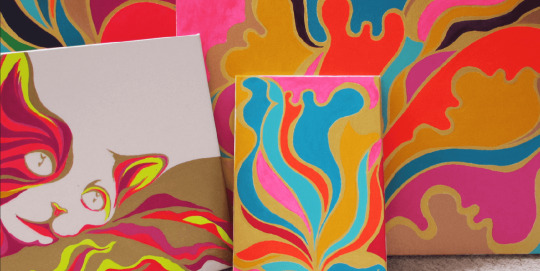
Nuevo blog de lagallery.art, conoce mas de la marca e inspírate a través de nuestros artículos, acá esta nuestro primer articulo del blog, en el siguiente link.
(vía Lagallery.art Una marca colorida)
2 notes
·
View notes
Text
hey beautiful souls !
How are all of you? I hope will be good...
So today we will talk about the traditional painting of Rajasthan.
Every place has its own story, every story, and every place has its own identity. every place has its traditional painting.
Rajasthan where does call dharti -dhora -ri .
Rajasthan famous for the pink city, blue city,sun city...Here Krishna Leela painting, Rag-Ragini, Hunting, elephantt fighting.
Here a different identity has been made in the human painting, which can be recognized by looking at the painting here. In which the description of women's dresses and their clothes are given.
Various styles developed under the royal patronage of Rajasthan. From the 15 to 17 centuries, it reached its glory peak. Many pictures of Rajasthan places are famous, mostly nine styles of painting famous in Rajasthan..
I will tell you about the names
(1) Phad painting
(2) Miniature painting
(3) Gemstone painting
(4) Kajali painting
(5) pichwai painting
(6) Bhitti Chitra painting
(7) Kishangarh painting
(8) Sanjhi Painting
(9) Bani Thani's painting.
If you like my blog so please like , comments and share with your friends and relatives.
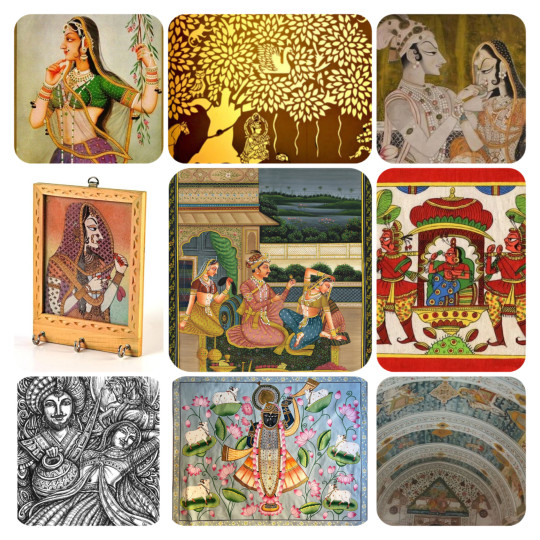
#instamood#painting#architecture#ideas#artblogger#best#follow#artists on tumblr#meet the artist#nature#lovemywork
2 notes
·
View notes
Photo

Being an artist can be pretty amazing. 🖌️🎨 You get all these wonderful ideas and spend the day daydreaming about them. For you to do your best you need to be in the zone, feel good, inspired, and focused. .......... Read More in our article “ Overcoming Creative Block ” 🎙️ To see more of what we are up to lately visit www.oursimplearts.com Twitter Pinterest Facebook Ello Instagram DeviantArt TikTok
5 notes
·
View notes
Text

She’s not just a figure — she’s a force. This abstract oil portrait channels raw feminine allure through a haze of pastels. Hints of red ignite passion, while turquoise and pink soothe and seduce. The woman in the painting isn't defined by lines — she exists between them.
A seamless blend of elegance, mystery, and power. Let her remind you: softness can be bold, too.
#sensualart#boldfeminine#oilpaintingart#abstractportrait#pastelart#femaleempowerment#artwithsoul#modernexpressionism#intuitivepainting#softyetstrong#fineartdaily#tumblraesthetic#artblogger#contemporaryartist#paintingswithmeaning
1 note
·
View note
Text

#artphotography#experimentalphotography#visualart#artisticexpression#conceptualart#contemporaryart#photographyart#creativephotography#aestheticphotography#blackandwhiteart#surrealphotography#moodyphotography#emotivephotography#alternativeart#darkart#avantgardeart#selfportraiture#photographicart#modernart#expressionism#tumblrartist#artcommunity#artistsonline#tumblrcreatives#undiscoveredartists#artistsoninstagram#artblogger#tumblrphotography#emergingartists#artdaily
5 notes
·
View notes
Text

A page in my sketchbook, I wanted to draw how this song felt to me!
#weird art#sleepyhead#indie music#eclecticdecor#colored pencil#sketchbook#maximalism#surrealism#abstract art#artblogger#unique#colorful
2 notes
·
View notes
Text
Conclave: ecco quale fu il primo papa eletto nella Cappella Sistina
Il primo Conclave che si svolse nella Cappella Sistina fatta edificare da papa Sisto IV, fu quello del 1492, indetto dopo la morte di papa Innocenzo VIII. Un anno assai particolare il 1492 che vide prima morire l’8 aprile Lorenzo il Magnifico nella sua villa di Careggi e che poi vide partire Cristoforo Colombo da Palos verso le Indie, per sbarcare poi il 12 di ottobre nell’isola di San Salvador,…
#antonietta bandelloni#art#artblogger#arte#artepertutti#bellezza#capolavoro#Cappella Sistina#conclave#life#Michelangelo Buonarroti#Musei Vaticani#rinascimento#Sistin chapel
2 notes
·
View notes
Text
Laocoön and His Sons
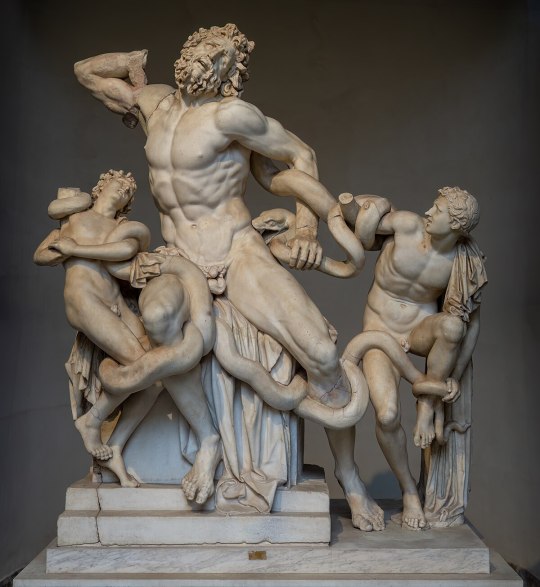
Agesander, Athenodoros, and Polydorus of Rhodes, Laocoön and His Sons. Marble, 208 cm x 163 cm x 112 cm. Vatican Museums, Vatican City.
Laocoön and His Sons is one of the most famous and complex sculptures from antiquity, housed today in the Vatican Museums. This masterpiece of Hellenistic art encapsulates the dramatic intensity and emotional depth characteristic of the period, making it a pivotal piece in the study of ancient sculptures. This blog post explores the sculpture's historical context, artistic significance, and the enduring impact it has on viewers and artists alike.
The Tale of Laocoön: Myth and Monument
The sculpture depicts the tragic fate of Laocoön, a priest of Troy, and his two sons, who were attacked by sea serpents sent by the gods. According to legend, Laocoön warned his fellow Trojans against accepting the Greek wooden horse, an act that led to his punishment by the gods who favored the Greeks. The group statue captures the moment of their agonizing death, with the serpents entwining their bodies in a deadly embrace.
Artistic Analysis: Expression and Technique
Laocoön and His Sons is renowned for its dynamic composition and the intense expression of agony. The figures are portrayed in a serpentine pose that suggests movement and struggle, enhancing the dramatic effect. The sculptors, believed to be Agesander, Athenodoros, and Polydorus of Rhodes, masterfully rendered the muscles and emotions of the figures, showcasing their technical prowess and deep understanding of human anatomy and emotion. The sculpture’s scale and the fine detailing of the muscles and sinews contribute to its lifelike appearance and emotional intensity.
Symbolism and Impact on Art History
This sculpture is not just a representation of physical pain but also symbolizes the human struggle against overpowering forces. Its discovery in 1506 near Rome had a profound impact on the Renaissance artists, who were inspired by its expressive power and realism. Michelangelo, in particular, was influenced by its muscular depiction and complex composition, elements that can be seen in his own work.
Contemporary Relevance and Interpretation
Over the centuries, Laocoön and His Sons has been interpreted in various ways, reflecting changing attitudes towards the role of fate and the gods in human life. It continues to inspire contemporary artists and scholars, who see in it themes of resistance, suffering, and the human condition. Its dramatic expression and execution make it a timeless piece that speaks to the fragility and heroism of mankind.
Conclusion: A Masterpiece of Human Expression
Laocoön and His Sons remains a pivotal work in the history of art, standing as a monument not only to Hellenistic artistry but also to the timeless themes of struggle and endurance. Its emotional depth and technical excellence continue to captivate and inspire, making it a central piece in the discourse on ancient and modern art.
Reflect and Respond
Considering the intense emotion and dynamic movement captured in Laocoön and His Sons, how do you see this sculpture in relation to modern representations of struggle and resistance in art? Can you think of any contemporary works that evoke a similar sense of drama and emotion?
#LaocoönAndHisSons#AncientSculpture#HellenisticArt#VaticanMuseums#ArtHistory#ClassicalSculpture#MythologyInArt#MichelangeloInfluence#ArtisticExpression#HumanStruggleInArt#artblogger
3 notes
·
View notes
Text
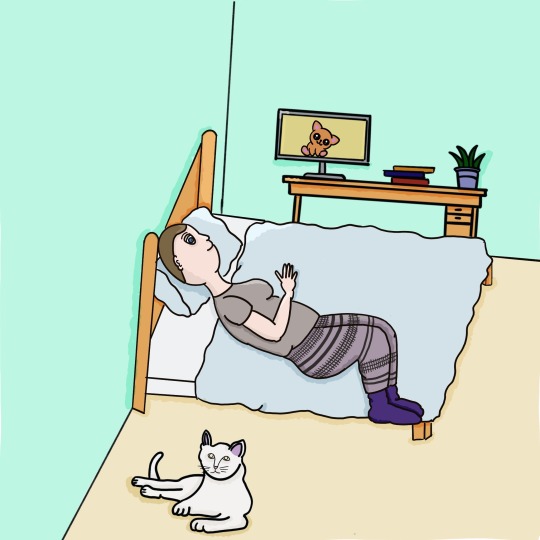
Procreate with jingsketch basics brushes
3 notes
·
View notes